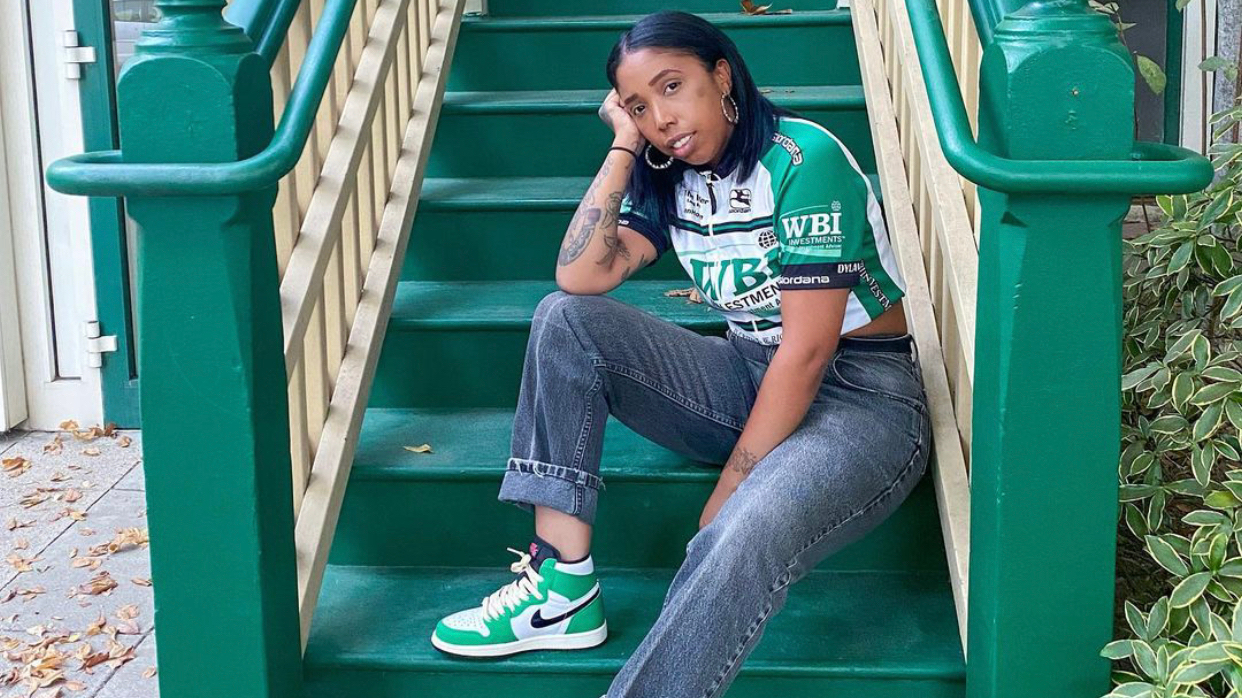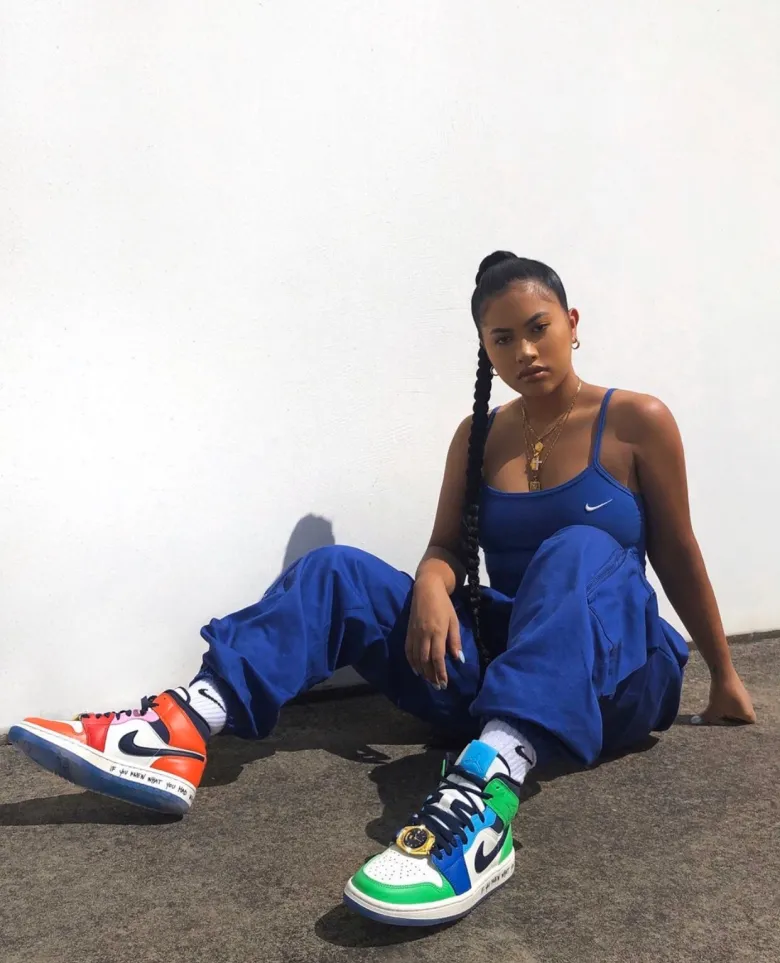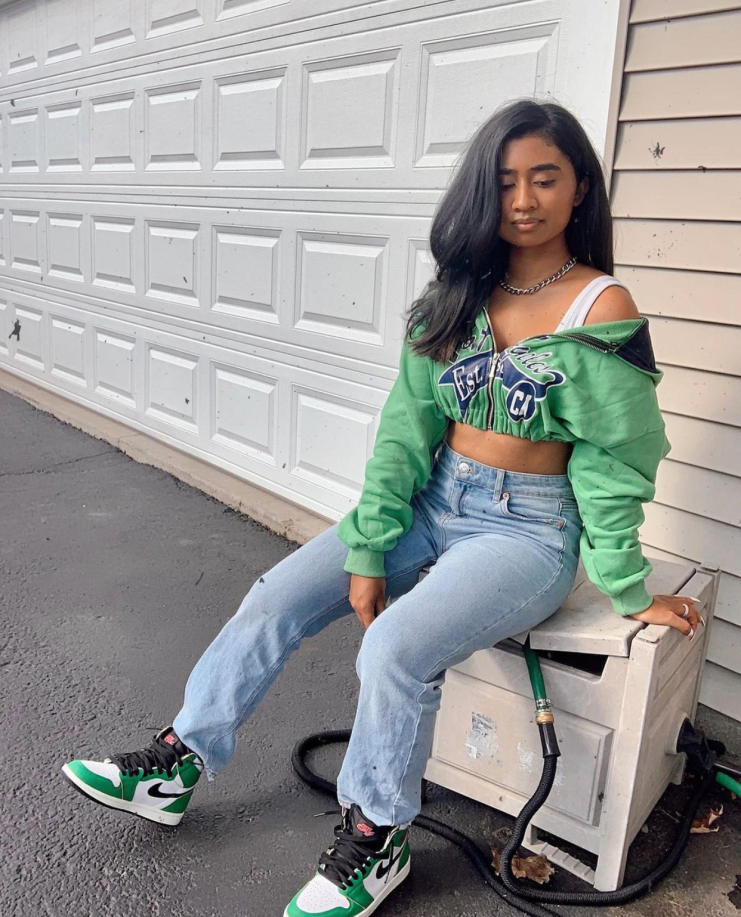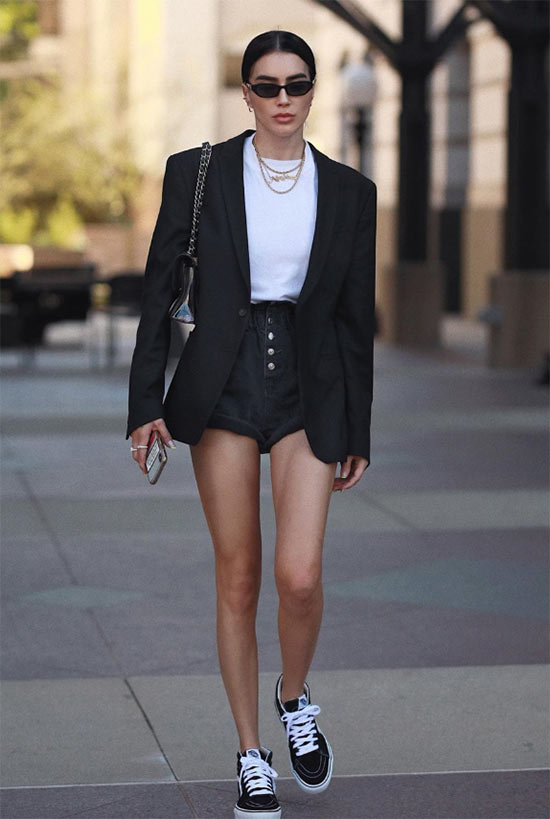
Green Sneakers
The Rise of Green Sneakers: Walking the Talk in Eco-Fashion
Green sneakers have a colorful past. Their story isn’t just about hue; it’s about cultural shifts. In the 1970s, green sneakers emerged as a statement. They signaled a connection to nature. They stood out in a sea of traditional whites and blacks. Wearing green on your feet meant you dared to be different.
The Environmental Awakening
Fast forward to the 21st century. Green isn’t just a color. It’s a movement. Climate change dominates headlines. Consumers demand sustainability. The fashion industry, including sneakers, faces scrutiny. Green sneakers take on new meaning. They become symbols of eco-consciousness.
Modern green sneakers are marvels of sustainable materials. Brands use recycled plastics from ocean waste. They source organic cotton and hemp. Some use pineapple leather or algae foam. These materials reduce environmental impact. They also perform well, proving sustainability doesn’t sacrifice quality.
Science plays a big role in green sneaker design. Researchers develop bio-based dyes. These dyes use less water. They don’t release toxins. Other innovations include biodegradable soles. These soles break down naturally after use. No more sneakers clogging landfills for centuries.
Big Brands Go Green
Major players are joining the green sneaker game. Nike launched the “Space Hippie” line. These sneakers use recycled materials. Adidas partnered with Parley for the Oceans. They create shoes from marine plastic. Even luxury brands like Gucci offer sustainable sneakers. The industry is turning a new leaf.
Small brands often lead in innovation. Allbirds uses merino wool and eucalyptus fiber. Veja sources wild rubber from the Amazon. Ecoalf turns discarded fishing nets into sneakers. These brands prioritize ethics over profits. Their success proves consumers want responsible products.
Athletes are embracing green sneakers. They demand high performance. But they also want to reduce their carbon footprint. Brands respond with eco-friendly tech. Recycled polyester provides durability. Algae-based midsoles offer cushioning. Athletes can now sprint, jump, and win while supporting the planet.
Fashion Icons and Green Statements
Celebrities love making statements. Green sneakers let them advocate stylishly. Emma Watson wears Veja. Will Smith collaborates with eco-brand Brave GentleMan. Their influence is massive. Fans see that green is chic. The message spreads: sustainability is the ultimate fashion.
High fashion embraced green sneakers. Stella McCartney and Vivienne Westwood feature them on runways. Their designs challenge the notion that eco means basic. Green sneakers strut down catwalks in vibrant patterns. They pair with couture dresses. Sustainability becomes high art.
Green sneakers transcend fashion. They appear in eco-themed art installations. Musicians write songs about them. In films, characters’ green kicks subtly signal their values. These sneakers become more than accessories. They’re cultural artifacts, symbols of a growing global consciousness.
Schools and Sneakers: Teaching Sustainability
Schools are catching on. Some include green sneakers in curricula. Students learn about sustainable materials. They discuss ethical manufacturing. Some even design their own eco-sneakers. These lessons go beyond fashion. They teach critical thinking about consumption and its impact.
Green sneakers fuel a new kind of activism. Wearers don’t just buy; they advocate. They tag brands in posts, demanding transparency. They organize sneaker recycling drives. Some even run marathons in green sneakers. Each step raises awareness. These sneakers become tools for grassroots change.
It’s not just materials that make sneakers green. It’s the manufacturing. Progressive brands use renewable energy in factories. They implement water recycling systems. Some even calculate and offset their carbon emissions. The entire sneaker lifecycle, from design to delivery, gets an eco-makeover.
The Second Life of Sneakers
Green thinking extends to a sneaker’s end-of-life. Brands offer take-back programs. Old sneakers don’t go to landfills. They’re ground up, becoming playground surfaces or new shoe components. Some brands encourage repairs. They provide patching kits. These initiatives keep sneakers in use longer.
Customization reduces waste. Companies like Nike iD let users design their sneakers. People choose colors, materials, even arch support. This personalization means fewer returns. It also means sneakers have emotional value. People keep them longer. It’s a win for self-expression and the planet.
Critics argue green sneakers cost more. But the economics are changing. As demand grows, prices drop. Moreover, durability means fewer replacements. Over time, consumers save money. Some brands offer repair services. This circular model challenges throwaway culture. It’s a new, sustainable economics.

Auto Curlers and Green Sneakers: An Odd Couple?
At first glance, auto hair curlers and green sneakers seem unrelated. But look closer. Both represent a shift towards mindful consumption. Auto curlers reduce heat damage to hair. Green sneakers reduce environmental damage. Both show that convenience and responsibility can coexist beautifully.
Professional sports are going green. Teams sponsor eco-friendly gear. Athletes endorse sustainable sneakers. NFL player Cam Newton wears recycled cleats. WNBA stars promote zero-waste sneakers. These endorsements reach millions. They show that performance and planet-care can go hand in hand.
Social media algorithms boost green sneakers. They notice hashtags like #SustainableStyle and #EcoSneakers. These posts get more visibility. It creates a virtuous cycle. More people see green sneakers. More buy them. Algorithms then show even more green content. The trend accelerates organically.
Virtual Try-Ons: Reducing Return Waste
Virtual try-on tech reduces sneaker returns. Apps use AR to show how shoes look on your feet. This reduces the order-return cycle that wastes resources. Fewer boxes, less fuel for transport. It’s another way tech makes green sneakers even greener.
Smart cities are embracing green sneaker. They install sneaker-charging sidewalks. Piezoelectric tiles convert footsteps to energy. This powers street lights or charges phones. Wearing green sneakers becomes an act of urban sustainability. Every step contributes to a greener city.
Psychologists are studying green sneaker buyers. They find these consumers feel empowered. Buying green aligns actions with values. It reduces eco-anxiety. Some report better self-esteem. They see their sneakers as conversation starters. They’re proud to explain their eco-friendly choice.

Green Sneakers in Corporate Culture
Corporate culture is changing, thanks partly to green sneakers. More offices allow casual wear. Employees sport their eco-kicks. It’s not just comfort; it’s a statement. Companies see this as positive. It shows their workforce cares about sustainability. Green sneakers become symbols of progressive workplaces.
Even the unboxing of green sneaker is eco-friendly. Brands use minimal, recycled packaging. Some boxes plant into trees. Others become part of the shoe’s story. QR codes link to the materials’ origins. Unboxing becomes an educational moment. It reinforces the brand’s commitment to the planet.
Conclusion: Every Step Matters
Green sneakers are more than a trend. They’re a movement. They show that every choice, even what we put on our feet, has an impact. These sneakers are a testament to human ingenuity. They prove we can have style, comfort, and performance without harming the planet.
As we stride into the future, green sneaker lead the way. They’re not just treading lightly on the earth. They’re actively healing it. In a world that often feels overwhelming, they offer hope. They remind us that change starts with a single step. And in green sneaker, every step is a step towards a better world.



